Introduction
Thermophysical properties such as thermal diffusivity, specific heat, and Thermal ConductivityThermal conductivity (λ with the unit W/(m•K)) describes the transport of energy – in the form of heat – through a body of mass as the result of a temperature gradient (see fig. 1). According to the second law of thermodynamics, heat always flows in the direction of the lower temperature.thermal conductivity are crucial parameters for optimizing the production and application of coarse ceramics. For decades, such properties have been determined from stationary methods (e.g., guarded hot plate technique) or standardized transient techniques such as the hot-wire method according to ISO 8894 (see TCT 426 in figure 1). However, these methods are limited to large sample sizes and low thermal conductivities. Moreover, these methods are very time-consuming.
Flash methods are non-contact measurement techniques and can handle high Thermal ConductivityThermal conductivity (λ with the unit W/(m•K)) describes the transport of energy – in the form of heat – through a body of mass as the result of a temperature gradient (see fig. 1). According to the second law of thermodynamics, heat always flows in the direction of the lower temperature.thermal conductivity materials without any difficulties. Additionally, flash methods are absolute methods for determining thermal diffusivity. Modern instruments (see LFA 427 in figure 2) often also allow the simultaneous measurement of the specific heat of a material so that Thermal ConductivityThermal conductivity (λ with the unit W/(m•K)) describes the transport of energy – in the form of heat – through a body of mass as the result of a temperature gradient (see fig. 1). According to the second law of thermodynamics, heat always flows in the direction of the lower temperature.thermal conductivity can be determined without additional measurements. Since flash methods are limited to homogeneous samples with small dimensions, these methods have not been used for analyzing inhomogeneous coarse ceramics. However, using state-of-the-art highly sensitive systems, testing of larger samples becomes possible now [1]. In addition, the fast testing times of the flash methods allow for measurements of various samples taken from the brick to be tested without further efforts. In the work described herein, the results from laser flash and the hot-wire measurements on a silicon carbide-containing brick and a magnesia-spinel brick are compared. Measurements were carried out on several small samples of the same material to check the homogeneity of the material and the reproducibility of the methods.
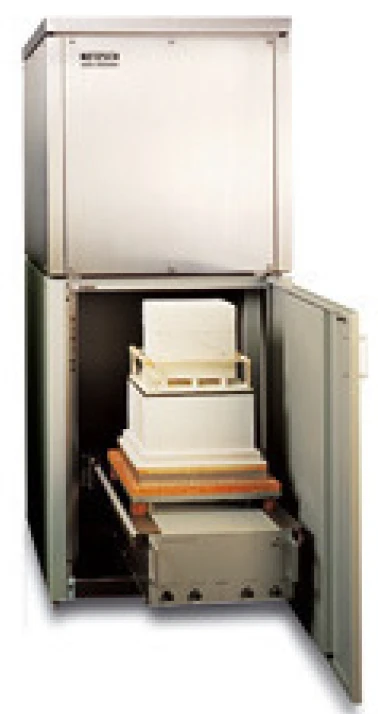
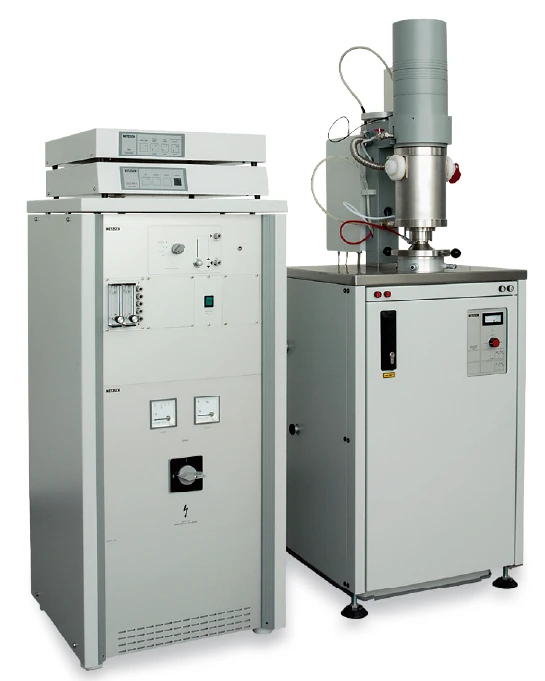
Test Results
Figure 3 depicts the results of Thermal ConductivityThermal conductivity (λ with the unit W/(m•K)) describes the transport of energy – in the form of heat – through a body of mass as the result of a temperature gradient (see fig. 1). According to the second law of thermodynamics, heat always flows in the direction of the lower temperature.thermal conductivity measurements on a magnesia-spinel brick (figure 4) using the LFA 427 and the TCT 426. The dashed line represents the average values (error bar ±10%) of combined data from the two different methods. It can clearly be seen that most values of independent LFA and TCT measurements are within the ±10% range from the average. This illustrates the high accuracy of both systems.
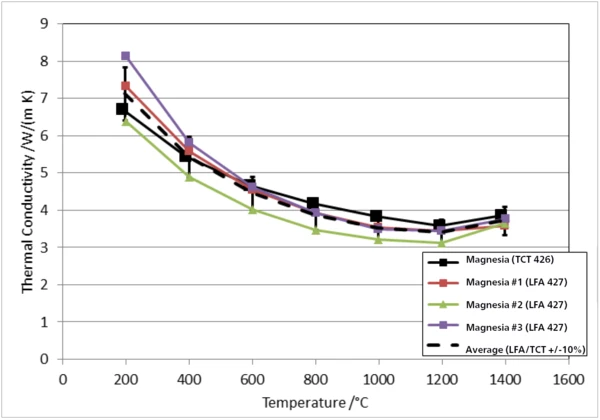
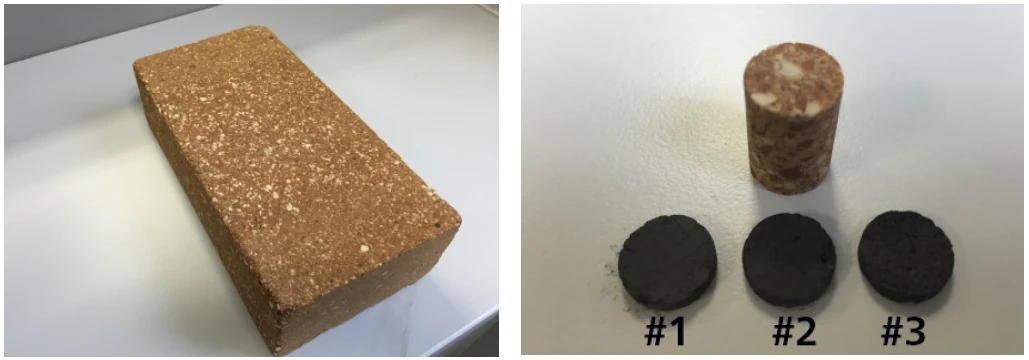
Furthermore, the deviation between the different samples shows the possible range of the Thermal ConductivityThermal conductivity (λ with the unit W/(m•K)) describes the transport of energy – in the form of heat – through a body of mass as the result of a temperature gradient (see fig. 1). According to the second law of thermodynamics, heat always flows in the direction of the lower temperature.thermal conductivity due to the inhomogeneity of the magnesia-spinel brick. A similar comparison of LFA and TCT measurements on silicon carbide-containing brick (figure 6) is shown in figure 5. Again, the independent measurement values are all within ±10% of the averaged data from the two methods combined.

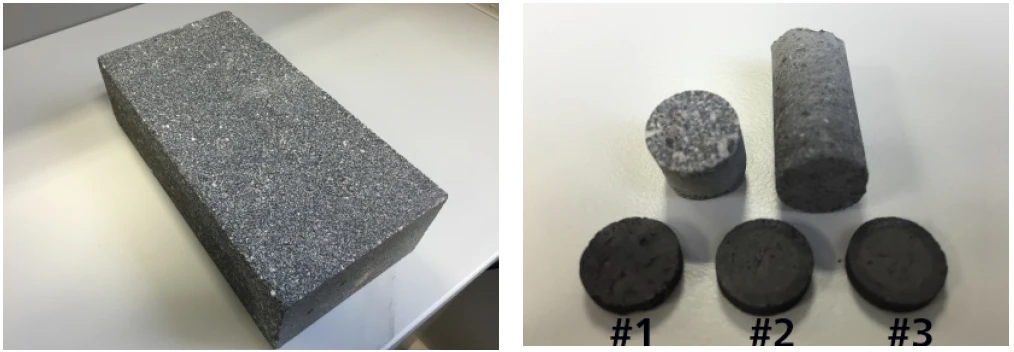
Conclusion
The good agreement between the results obtained by the two different methods laser flash and hot wire clearly show that both methods are very suitable for analyzing refractories with a high accuracy. The NETZSCH model LFA 427, however, offers several advantages. Test results can be achieved quickly and with a high accuracy. The speed of measurement compensates for the small sample dimensions as more samples can be tested with a higher sample throughput. TCT measurements are much more time-consuming due to the huge sample dimension and the long stabilization time. However, the hot-wire method according to ISO 8894 is highly demanded for refractory materials.